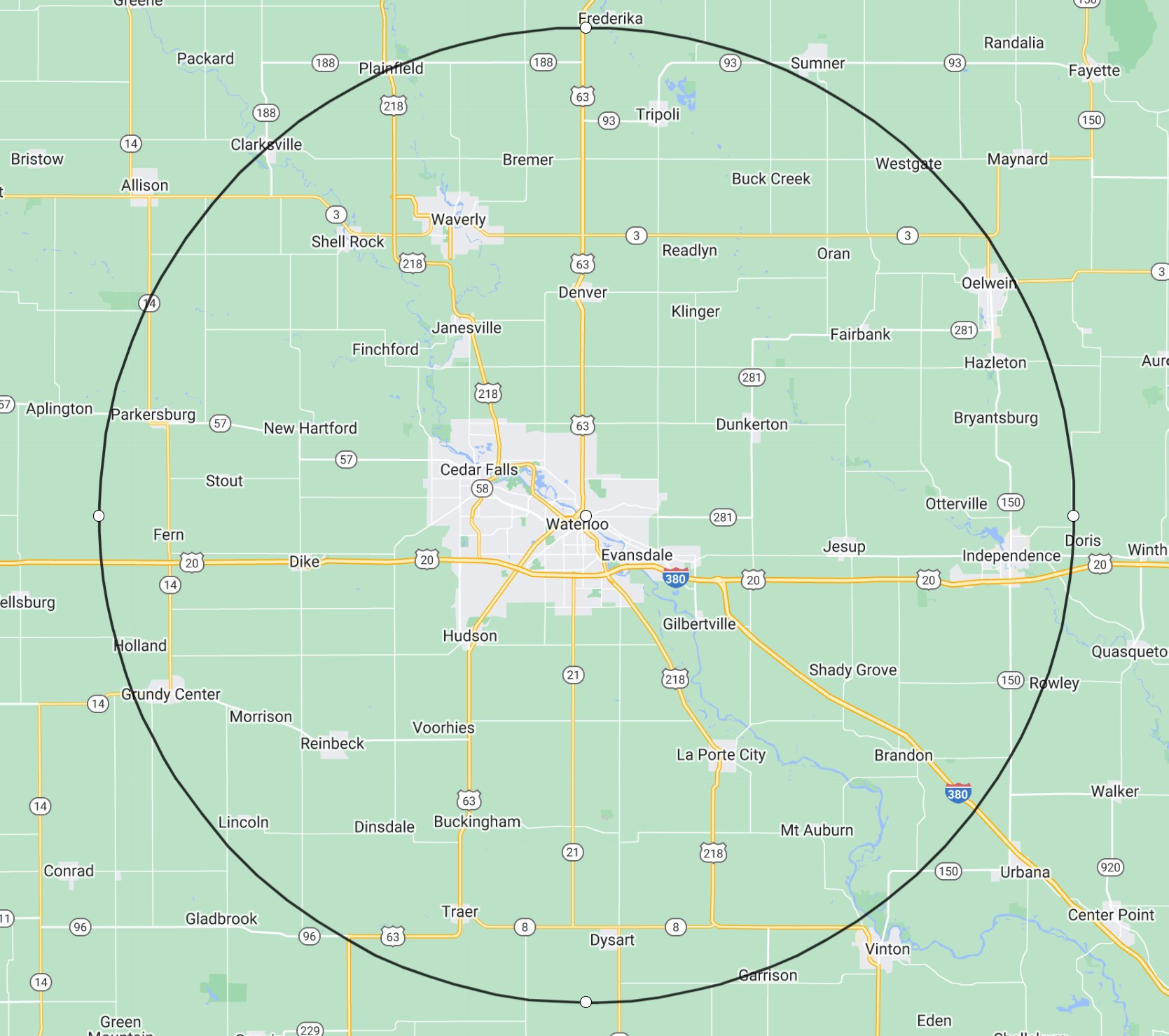Grease traps play a very important role in keeping your sewer lines free from food waste materials and the grease that is generated in your kitchen.
Our trained and dedicated staff will use high-tech equipment to clean your grease trap quickly and thoroughly.
Count on the professionals at A-Plus Septic Pumping to thoroughly clean your grease trap and keep it a well maintained system.
Call us today for a FREE estimate.
Grease traps play a very important role in keeping your sewer lines free from food waste materials and the grease that is generated in your kitchen.
Our trained and dedicated staff will use high-tech equipment to clean your grease trap quickly and thoroughly.
Count on the professionals at A-Plus Septic Pumping to thoroughly clean your grease trap and keep it well maintained system.
Call us today for a FREE estimate.
How Your Grease Trap or Grease Interceptor System Works
Grease traps prevent your kitchen grease and food waste materials from entering the city sewer system when maintained properly. Grease is the major cause of sanitary sewer overflows as it clogs sanitary sewer lines and causes line blockages. This results in frequent discharges of untreated wastewater into streets, homes, and commercial spaces.
These problematic waste streams then enter our local waterways and cause further cleanup costs and restrict recreation, tourism, and commerce. Grease traps must be regularly emptied and cleaned to prevent expensive and messy backups or overflows.
Your kitchen’s complete plumbing system including sinks, dishwashers, mop sinks, and floor drains empties into the grease trap or grease interceptor system. Wastewater flows into an interior or exterior (usually underground) grease trap system. A baffle separates the inlet and outlet of the trap, which keeps the grease in.
Grease floats to the top of the grease trap, while solids settle at the bottom. The trap or interceptor must be vacuum pumped regularly by a skilled service provider to remove the entire contents of the trap. This enables clean water to continue flowing into your septic or sewer system.



